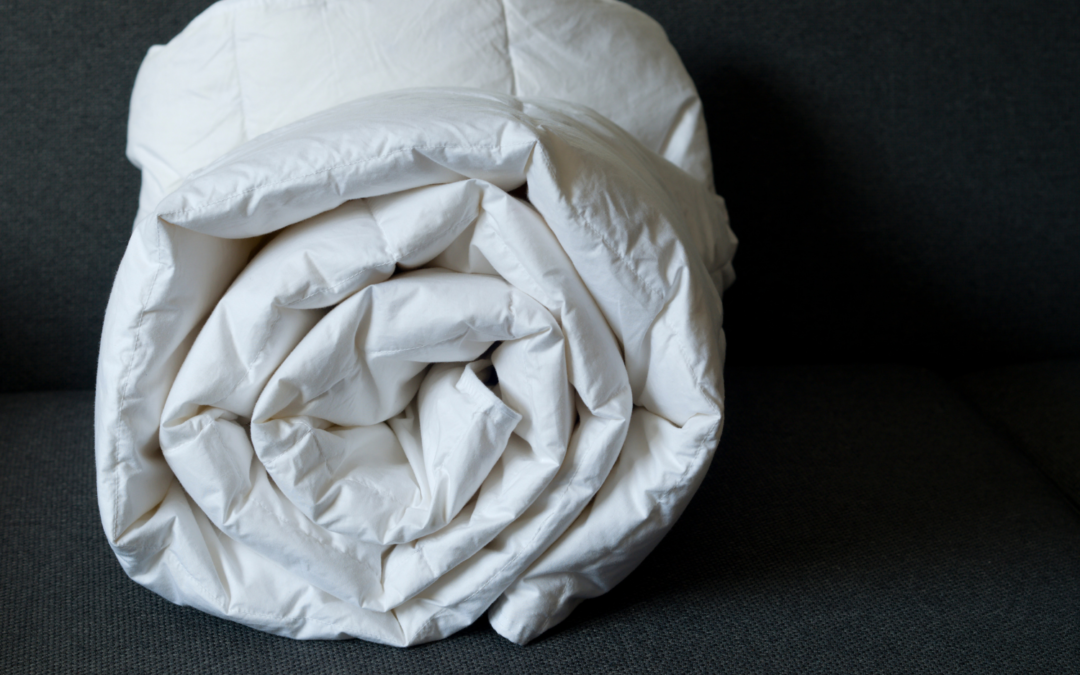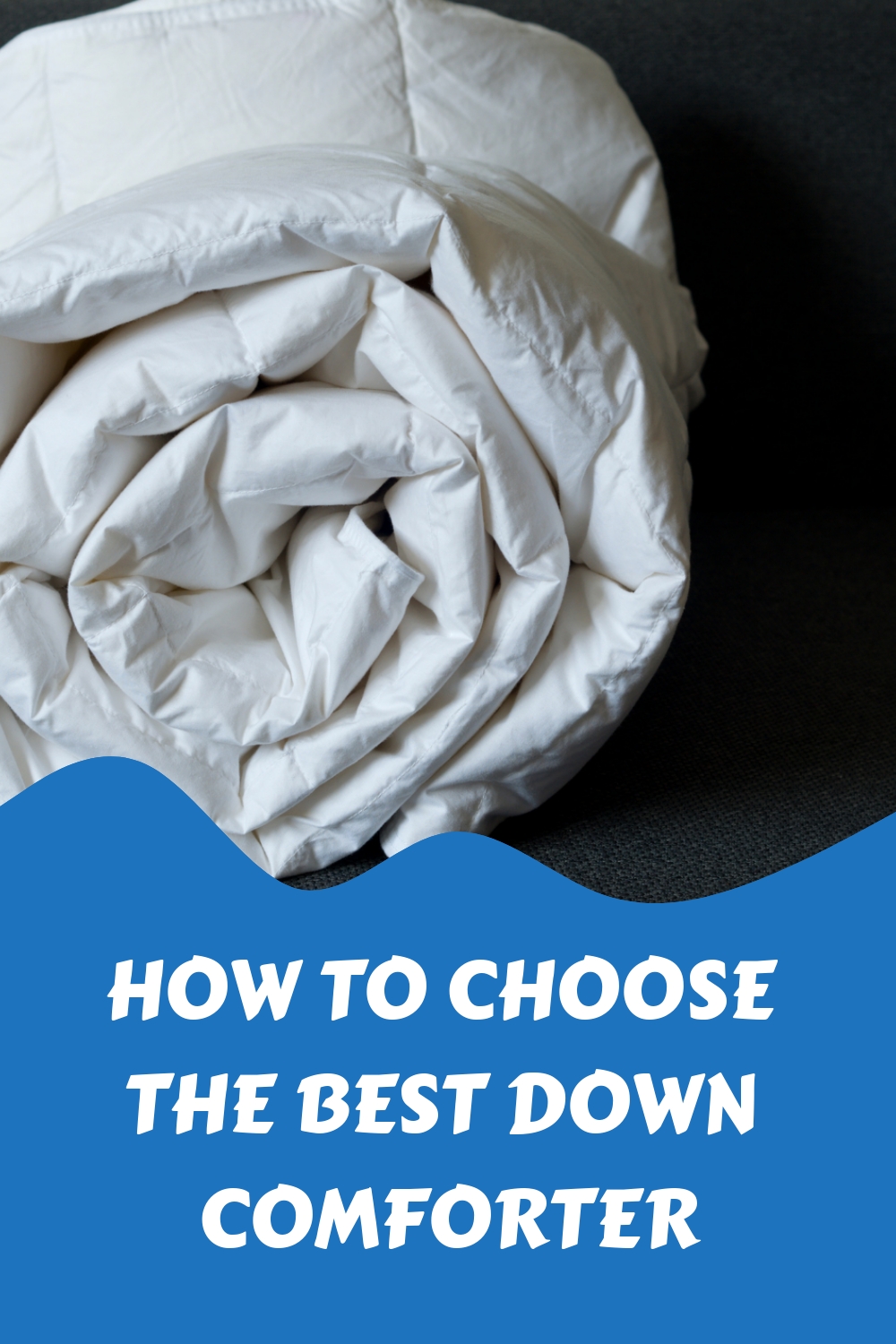Down comforters look the same but are completely different once you know how to compare them on features such as thread count and fill power.
You walk into the home décor section of your favorite store, maybe it’s IKEA or Bed Bath and Beyond. You are on a mission; you must find the perfect down comforter! Down comforters give beds that fluffy, luxurious look, but how are consumers supposed to tell the difference between the bin full of $39.99 comforters and the ones in the $399.99 bin?
What is Down?
Down is NOT feathers. Down is the soft, fluff, which is shaved off the breasts and under the wings of ducks and geese. It resembles dandelion fluff in appearance and weight. If you can feel pokey feathers in a comforter, be advised that it is probably only made up of ½ down and ½ feathers, which means it is of lower quality.
Thread Count
The first mark of quality, as with sheets, is to determine the thread count of the down comforter. However, thread count in down comforters serves a different purpose than it does in sheets. A high thread count in a comforter will ensure that the down inside the comforter STAYS inside the comforter. The tighter the weave, the less fluff will escape.
Fill Power
Next is fill power, which is a number usually in the hundreds. Fill power refers to the size of the pieces down. The higher the fill power, the bigger the pieces of down, the warmer and fluffier the comforter will be. If you live somewhere warm, you should first decide if you will be using your comforter year-round. If so, chose a comforter with a lower fill power, but not too low because that will decrease the fluffiness, which affects the look of your bedding.
Sewing in the Stuffing
Lastly, check out how the down is sewn into the comforter. Is it shoved in and left to shift all over the place? Is it sewn into pockets? Baffle boxes? Optimally, down should be sewn into certain areas of the comforter, which allows for some, but not drastic shifting. When baffle boxes are sewn into the comforter (pieces of mesh fabric) it allows for the best airflow throughout the comforter and the least amount of shift.
Caring For Your Down Comforter
As for the care of your down comforter, many of the newer ones can be washed at home. When drying, be sure to keep the heat low so that the down is not fried and disintegrated! Also, adding three clean tennis balls to the dryer will help speed up the drying process because the balls will knock against the wet clumps down after washing and fluff them back up again.
Also, having a duvet cover for a comforter is imperative. Covers can be removed for easy washing and can be changed easily to accommodate a style change in a room.
Oftentimes people believe that they are allergic to down, but in fact, they are allergic to the dirt found in the down. Therefore, many companies offer down that has been “pre-cleaned” prior to being stuffed into the comforter. People that have had issues in the past with down find that the pre-cleaned down does not bother them at all.
Overall, down comforters feel great because they allow for the body’s natural heat to do the work and do not smother the sleeper in synthetic fibers, which tend to make people overheat. They look beautiful on beds and are very versatile and can accommodate any look and style.
Do you have a down comforter in your home or shouse?




